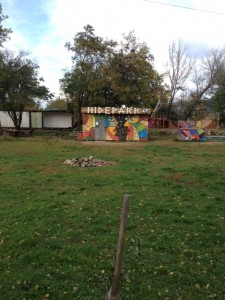At the conclusion of Massimiliano Morini’s intricate and and provocative book The Pragmatic Translator (2013, Bloomsbury), the act of translation is given the following definition:
“Translation is an operation of interlingual rewriting which affects the performative, locative, and interpersonal functions of texts. The definition encompasses each and every kind of rewriting, even though all societies reserve the term ‘translation’ for texts displaying a limited range of performative, locative and interpersonal shifts.”
In this regard, let us consider how the following Slovak paragraph, the first paragraph in chapter nine of Michal Hvorecký’s latest novel Dunaj v amerike, is rewritten in English. Can you detect subtle differences in the relationship between the author/translator and the targeted audience with respect to the material presented? For example, how do the writers differ in terms of how much they think their readers are familiar with the references to time and place? How “close” are they to the things they refer to and what social roles do they take on? How do objectives differ for the writers of the Slovak and English texts?
Slovak text:
Martin sa po gymnáziu rozhodol študovať prekladateľstvo z franzúskeho a talianskeho jazyk. Otec s rozhodnutím nesúhlasal a mama sa k nemu pridala: málo zarobí, neuživí sa, nikdy nedosiahne postavenie, aj keby akokoľvek drel, zničí si budúcnosť, ujde mu vlak. . . Vyrastal v rodine, kde nik neštudoval. Na prijímacích pohovoroch skončil tretí a dvadsaťročný začal chodiť na bratislavskú filozofickú fakultu. Rodičov to šokovalo, ale časy boli plné šokov (99).
English text:
After high school Martin decided to pursue translation studies in French and Italian. His father didn’t agree with the decision, and his mother joined forces against him: he would earn little, not enough to make a living; he would never be able to get ahead, no matter how hard he worked at it; he would destroy his future, miss the boat . . . None of his family members had any higher education. When the 20-year-old took third place at the entrance exams at Comenius University in Bratislava in the Department of Philosophy, his parents were shocked, but the times were full of shocks.[1]
[1] Although the name does not have the cachet of Harvard or Yale, Slovaks consider Comenius the premier university in the Slovak Republic. The “times . . . full of shocks” referenced here were the years shortly after the declaration of Slovak national sovereignty in 1993.
I invite you to compare Morini’s definition of translation with your own understanding of the act, or with how translation is commonly understood among its practitioners.

